Tom Froese

Mr. Tom Froese is an award-winning illustrator, teacher, and speaker. He loves making images that make people smile. Tom is known for his lively maps, characters and scenes, created with expressive shapes, bright colors, and printmaking-inspired textures. Since 2013, Tom has worked for brands and businesses all over the world. Esteemed clients include Yahoo!, Airbnb, GQ France, and The Wall Street Journal. Tom is also a Top Teacher on Skillshare, where over 120,000 students (and counting!) have learned his unique and accessible approach to commercial illustration. Tom has been invited to present workshops and talks to creative audiences across the US and Canada, including ICON, Skillshare, and DesignThinkers. In 2022, Tom launched Thoughts on Illustration, a podcast about showing up and growing up as a commercial illustrator.
Hi Tom! Tell us about yourself - how did you get to where you are today?
I'm an illustrator, teacher and podcaster — and soon to be published author — based in Canada. I actually started out in graphic design before gradually shifting into illustration, and before that, I thought I wanted to get into computer engineering! It was a winding path — one that included a lot of trial and error, side projects, and building a portfolio that leaned into my personality, strengths, and interests. Teaching on Skillshare has also become a huge part of what I do. Sharing what I've learned and helping others find their way in illustration via Skillshare is among my proudest career achievements.
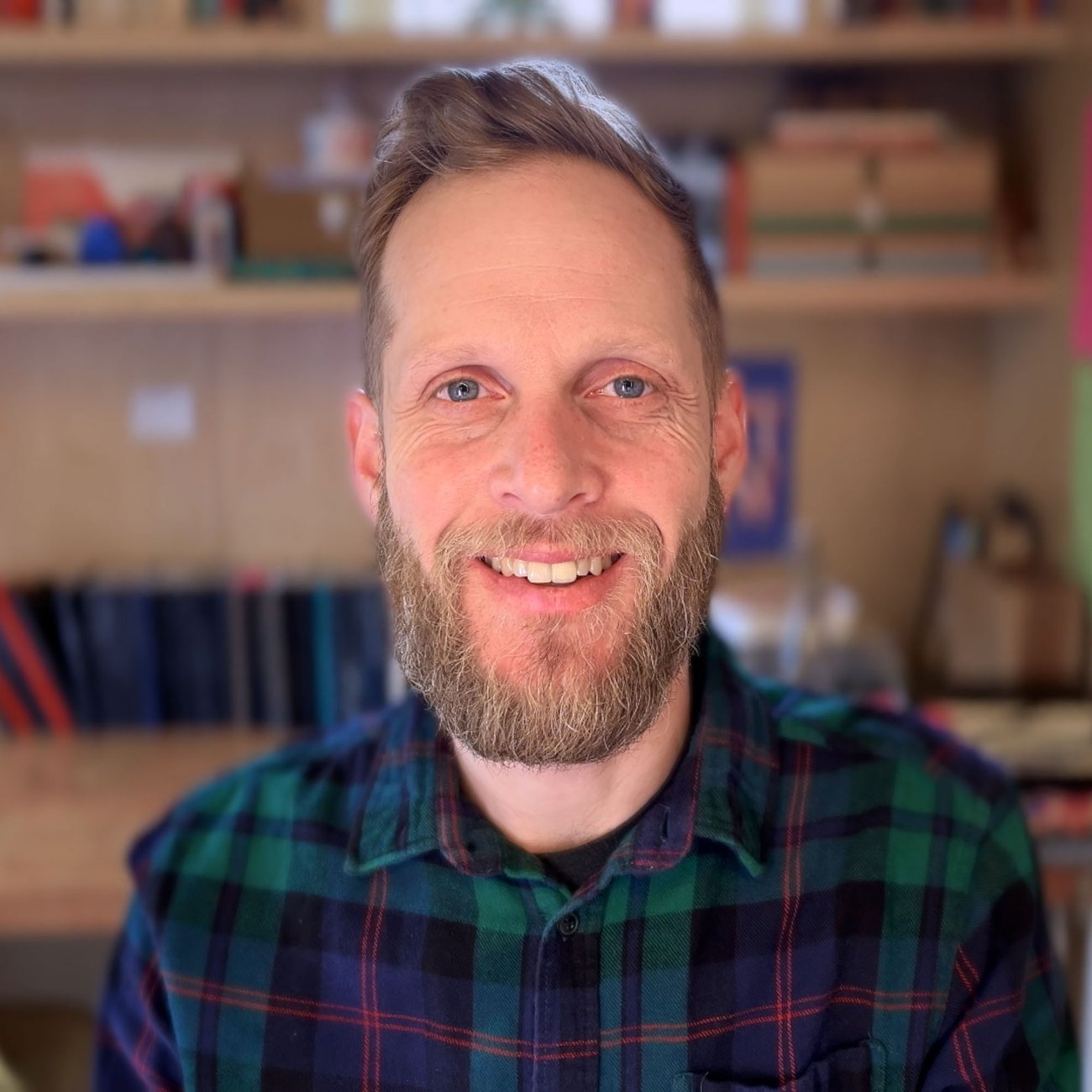
“I'm drawn to themes of curiosity, optimism, and everyday wonder. There's something satisfying about making the abstract feel tangible and engaging.”— Tom Froese
When did you first become interested in art and design?
Like pretty much anyone in this business, I've loved drawing since I was a kid, but it wasn't until my early twenties that I really saw design as a career path. I was actually in college for a computer engineering program when I discovered the design wing of the school. From that point forward, I was obsessed with the possibility that I could do something so creative and earn a living from it. A few years later, I ultimately decided to go back to school for graphic design, and the rest is history!
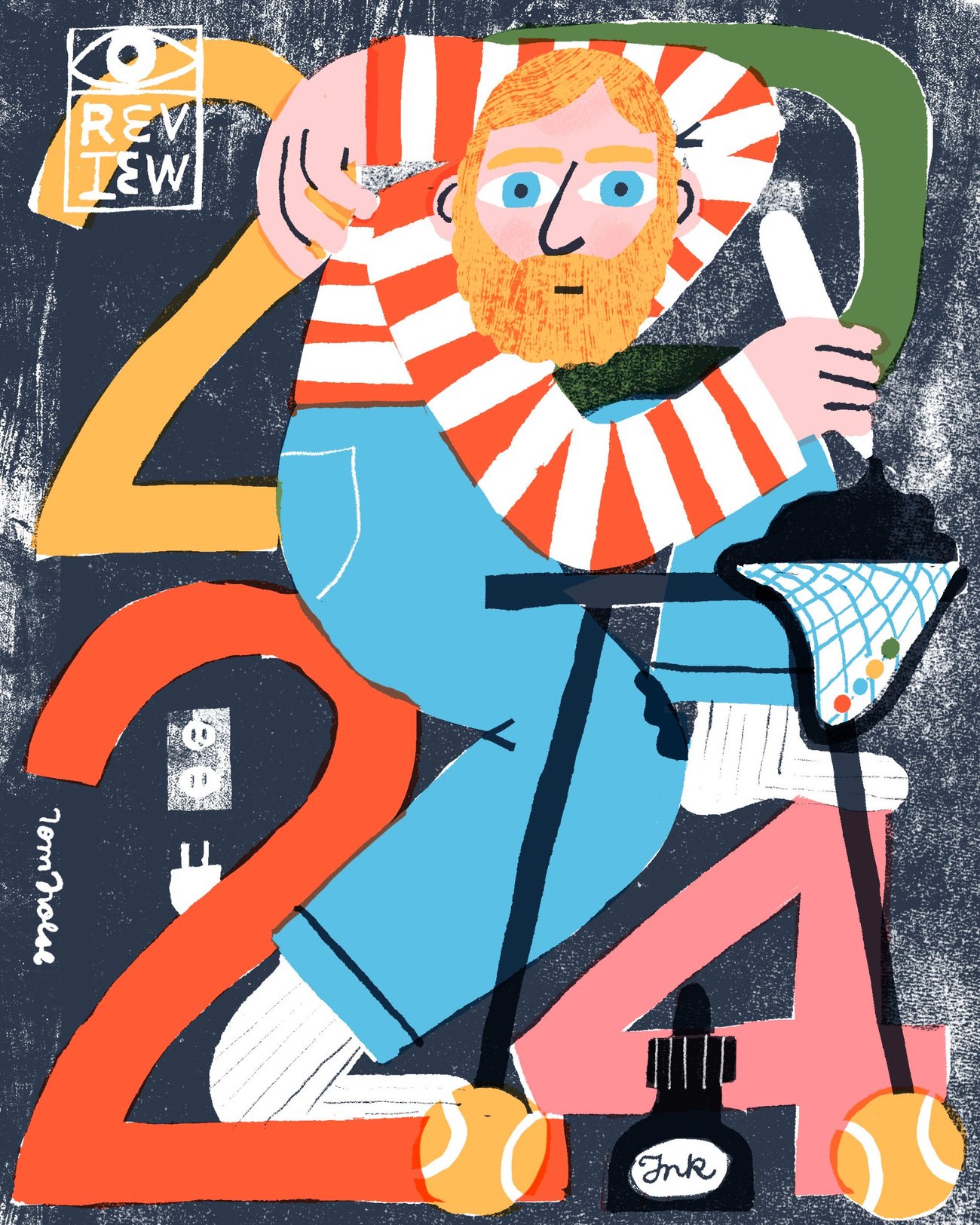
How would you describe your visual style and how has it changed over the years?
My work is playful, colorful, and full of texture and whimsy. I enjoy embracing weirdness and the accidental, while balancing it out with intention and control. My early work was more digital collage based, where I created textures and details using physical media and scanned-in textures. It was also more abstract and spontaneous. I didn't sketch as thoroughly, and because I hadn't developed a specific way to illustrate characters or scenes, I had to stick to a more limited range of subject matter. Over time, as I acquired digital illustration tools like my iPad and certain Photoshop brush packs (and the skills to use them), I was able to expand my range and make more complex images. This small technological explosion is how I was able to develop a style for illustrating characters and maps, which are among my most well-known and in-demand work. Even still, I've always tried to imagine that I am making work that will be printed on letterpress, with just a few colors and distinct elements with defined edges, although in my later work I literally blur these lines more. Today, I'm feeling a call back to including more analogue and less technologically-aided elements of my process, which I just enjoy a lot more. The challenge ahead will be in merging the advances I've made in skill on the digital side with the analogue techniques (both old and new) I'm so fond of.
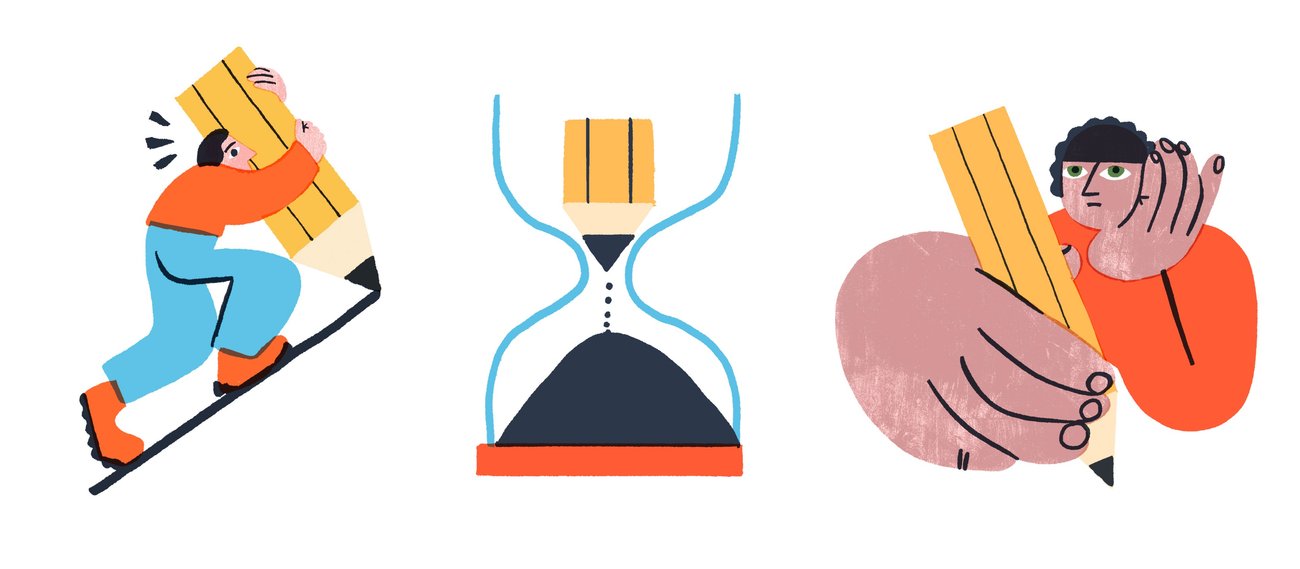
Are there particular themes you like to explore through your work?
Absolutely. I love visualizing ideas—whether it's a metaphor in an editorial piece or telling a story through an illustrated map. I'm drawn to themes of curiosity, optimism, and everyday wonder. There's something satisfying about making the abstract feel tangible and engaging.

Over the course of your career, you've worked with a range of clients including Airbnb, Chipotle, The Wall Street Journal, and TIME Magazine. How do you approach creative collaboration with your clients?
It all starts with listening. I try to understand what the client really needs, not just what they say they want. I then bring my point of view and style to the table while staying open to feedback. It's a balance—staying true to what makes my work unique (and quite frankly what I'm actually good at), while being generous and responsive in the process.
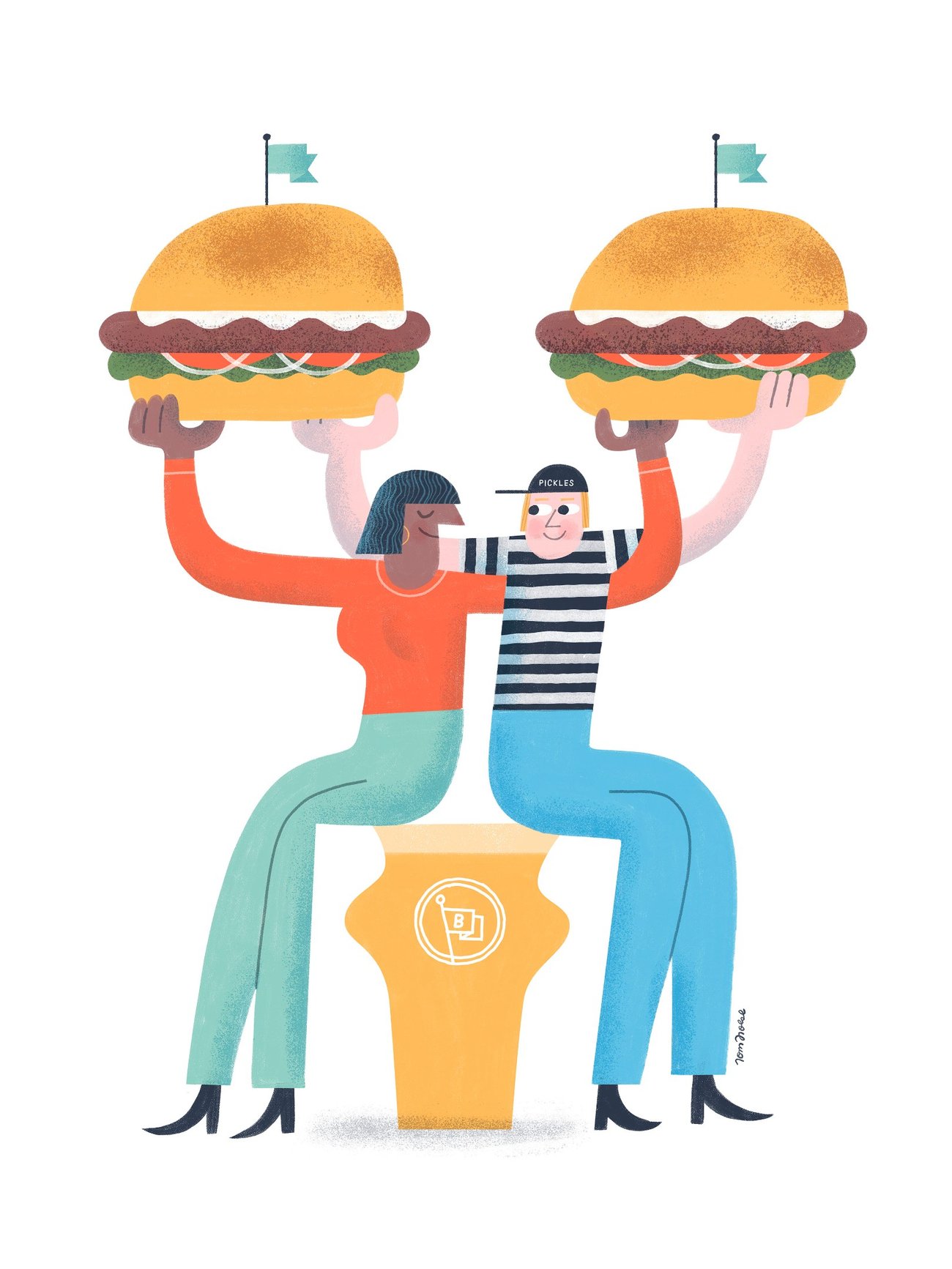
Walk us through your creative process – how do you bring a project to life from concept to delivery?
Speaking mainly of client projects, they always start with a "first inquiry" — usually an email from a client or my agent asking if I'm interested in their project. From there we work out the details of their request to first understand what they want and how I can help them. This includes making sure I understand why they came to me, specifically. After working out pricing, we move into the creative process. This always starts with a period of understanding the project more deeply, including reading, research and reference material gathering. From there I start observational drawing, from my references (I call this O-Mode drawing), which helps me visually grasp the subject, and sometimes even becomes content in later sketches. Then I move into drawing ideas from my imagination (I call this I-Mode drawing). This is where I actually try to come up with ideas. I make a whole bunch of ideas without judgment, and then later decide on the most promising ideas, which I then refine and present to the client (only ones I'm excited about, and usually three or fewer). Once the client approves one concept, I develop it into finished artwork — these days using Photoshop, using a handful of "go-to" brushes, textures, and colors that I like and feel define my style.
The goal is always to make something thoughtful and visually compelling that solves the problem at hand. If you'd like to learn about these steps in more depth, I dish out all the details in my class, The Six Stages of Illustration.
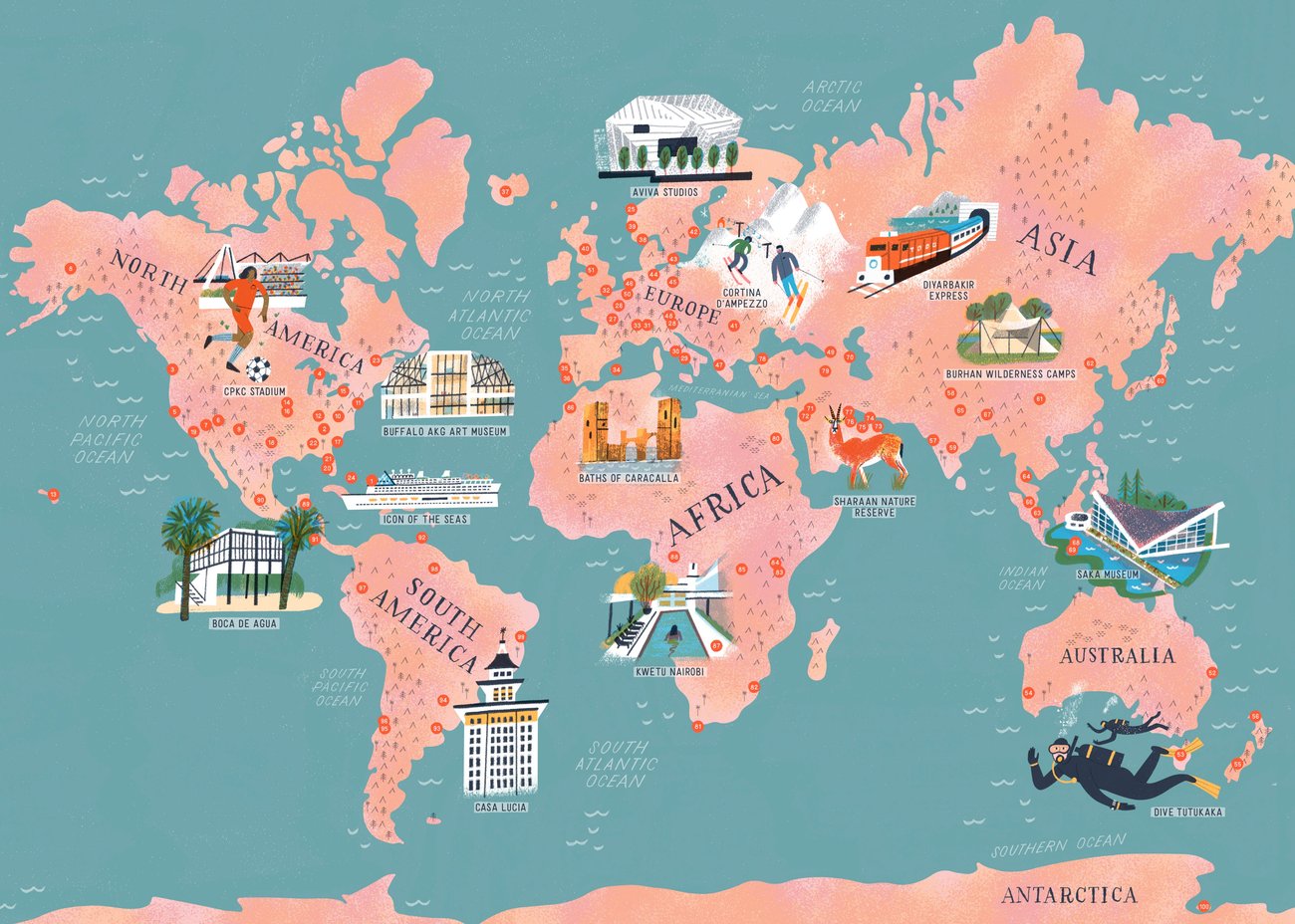

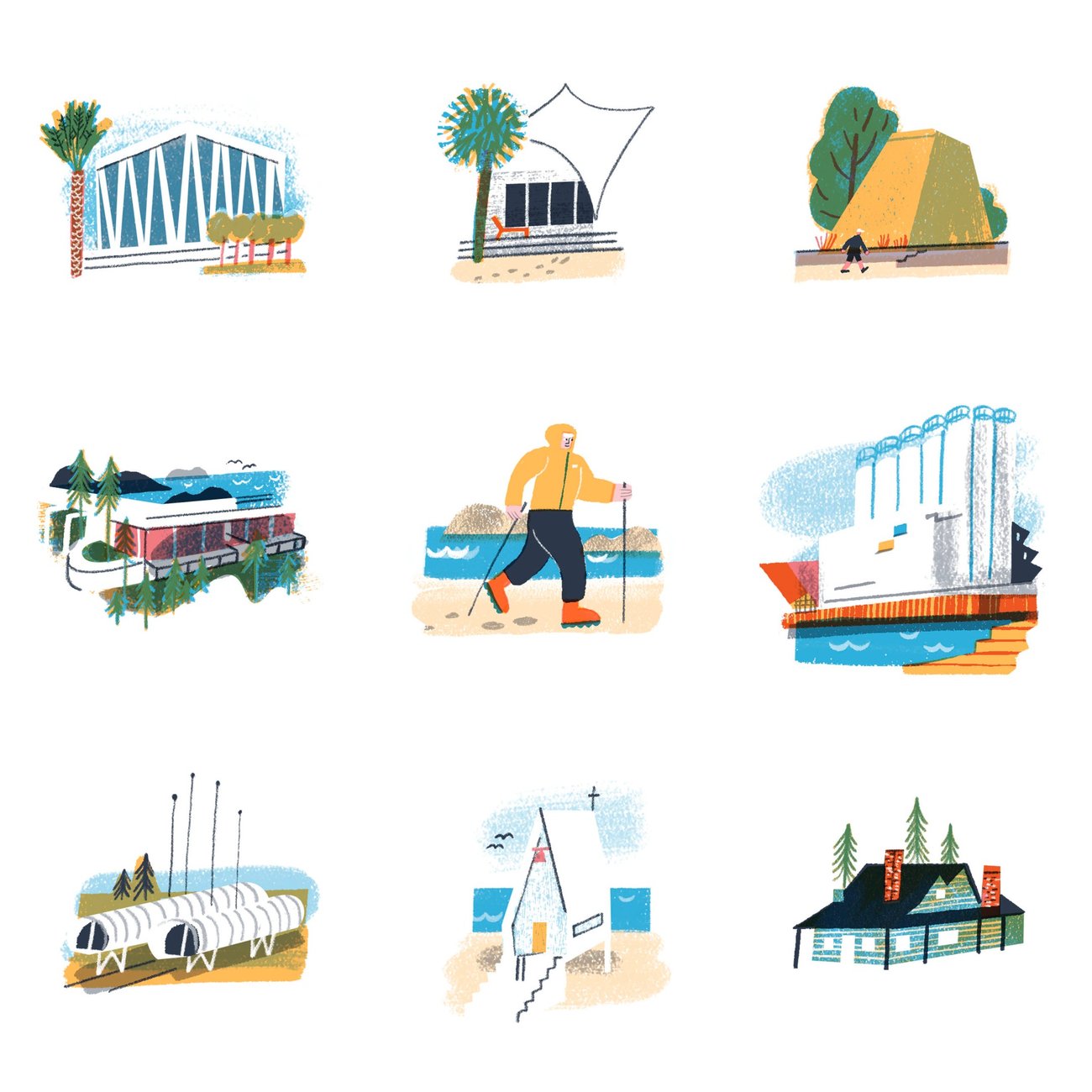
What are some of your favourite tools and resources? Where do you find inspiration?
I primarily sketch in Procreate and create finished artwork in Photoshop. I have a handful of "go-to" brushes, variously from Kyle Webster's and Retro Supply Company's brush packs. I've also created a few of my own brushes to bring a handmade feel into my digital work. While digital brushes can't be a total replacement for the real thing, they're a convenient way to bring a more handmade character back into my work. Inspiration comes mostly from the past — mid-century illustrators like Ben Shahn, signage and ephemera, old book covers, and such. But I'm also inspired by many contemporary illustrators — it's hard to boil it down to just one of them! I also get a lot of creative energy from conversations with other illustrators, whether through coaching or the Skillshare community.
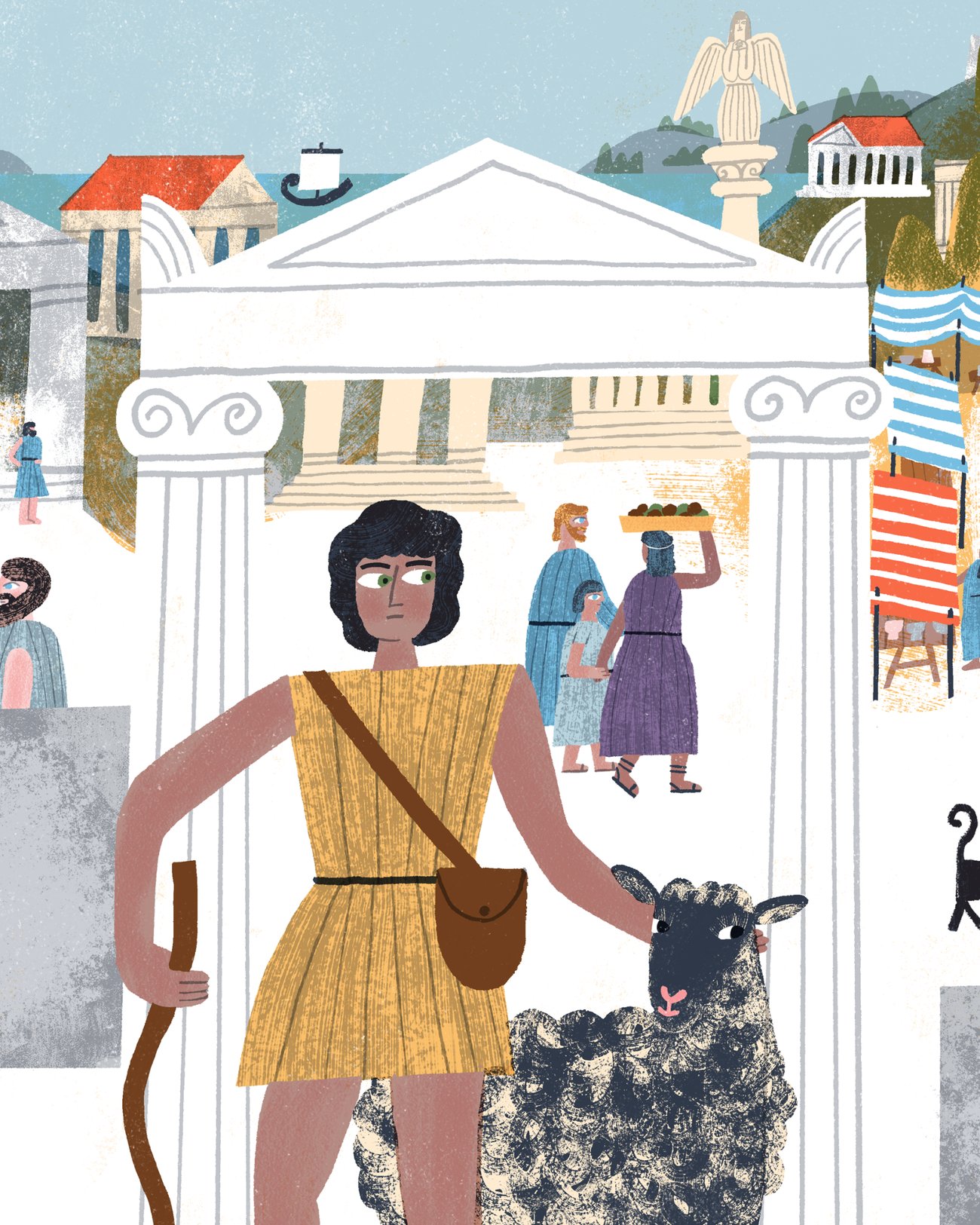
In addition to client work, you're a Top Teacher on Skillshare, where over 120,000 students have learned your approach to commercial illustration. Can you tell us about your Skillshare courses and why you've dedicated your time to engaging with and giving back to the community through the platform?
Teaching on Skillshare has been one of the most rewarding things I've done. My courses focus on helping illustrators bridge the gap between just starting out and becoming a full-time pro. I love demystifying the creative process and giving students practical ways to develop their craft and confidence. It's incredibly rewarding to hear how a class helped someone unlock a new part of their creativity or land their first client. I certainly hope and believe that my classes "give back" to the community, although it feels a bit inauthentic to say that is my primary motivation. I enjoy teaching, I get the sense that I'm good at it, and I'm lucky enough to be able to earn a living from it. Given that my larger classes can take over 300 hours to produce, there's no way I would do it if it didn't pay off for me in the end!

You also provide illustration coaching - tell us more about your coaching practice.
Coaching grew naturally out of my teaching. I work with illustrators at all levels who are serious about growing their careers, whether that means refining their style, improving their portfolios, or figuring out how to market themselves. It's one-on-one, so we can dig into each artist's unique goals and challenges. My unique approach is to make sure I understand as much about my coaching clients before we meet as possible. I spend time looking at their work/social media, and then send them a handful of custom-tailored questions, to help me understand what they want and what's really driving them there. I try not to tell clients what they "should" do so much as help them identify for themselves what they really want. Otherwise, I'm happy to share from my 16+ years of experience in the creative industry.
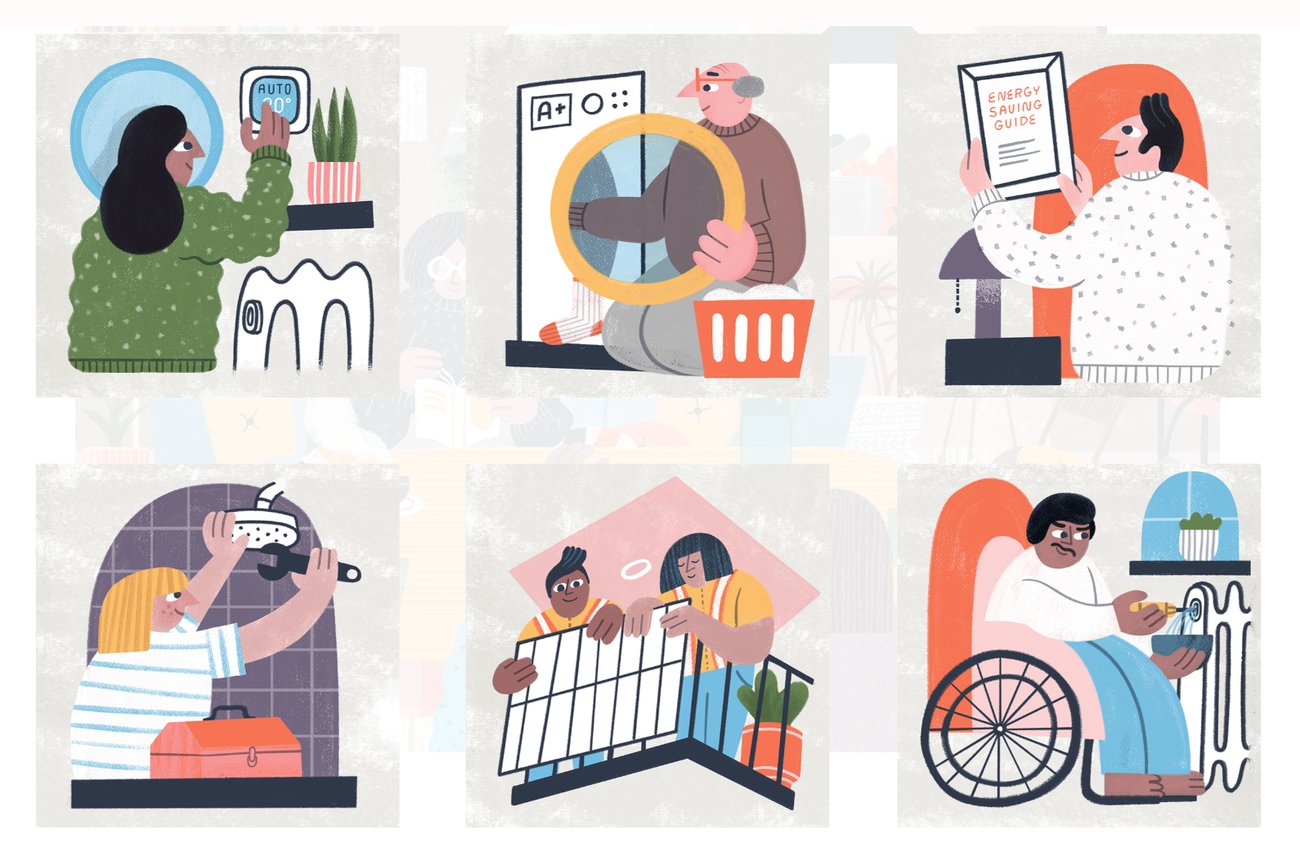
What advice would you give to new designers and illustrators looking to start their own creative careers?
More than anything, beginners need to understand who and what inspires them creatively. Who are the artists that are sparking you up and making you say "I want to do that!"? What are the works or things that give you the most inspiration, the likes of which you would love to make yourself? Become a super-duper fan of these people. Follow them, read about them, take their classes, go to their talks. While you're learning, you can even imitate them (for personal/learning purposes, not to rip off their style and use it to earn money). Don't wait to be "ready" — get creative now. Make stuff and figure out what works and what doesn't. It's the only way.
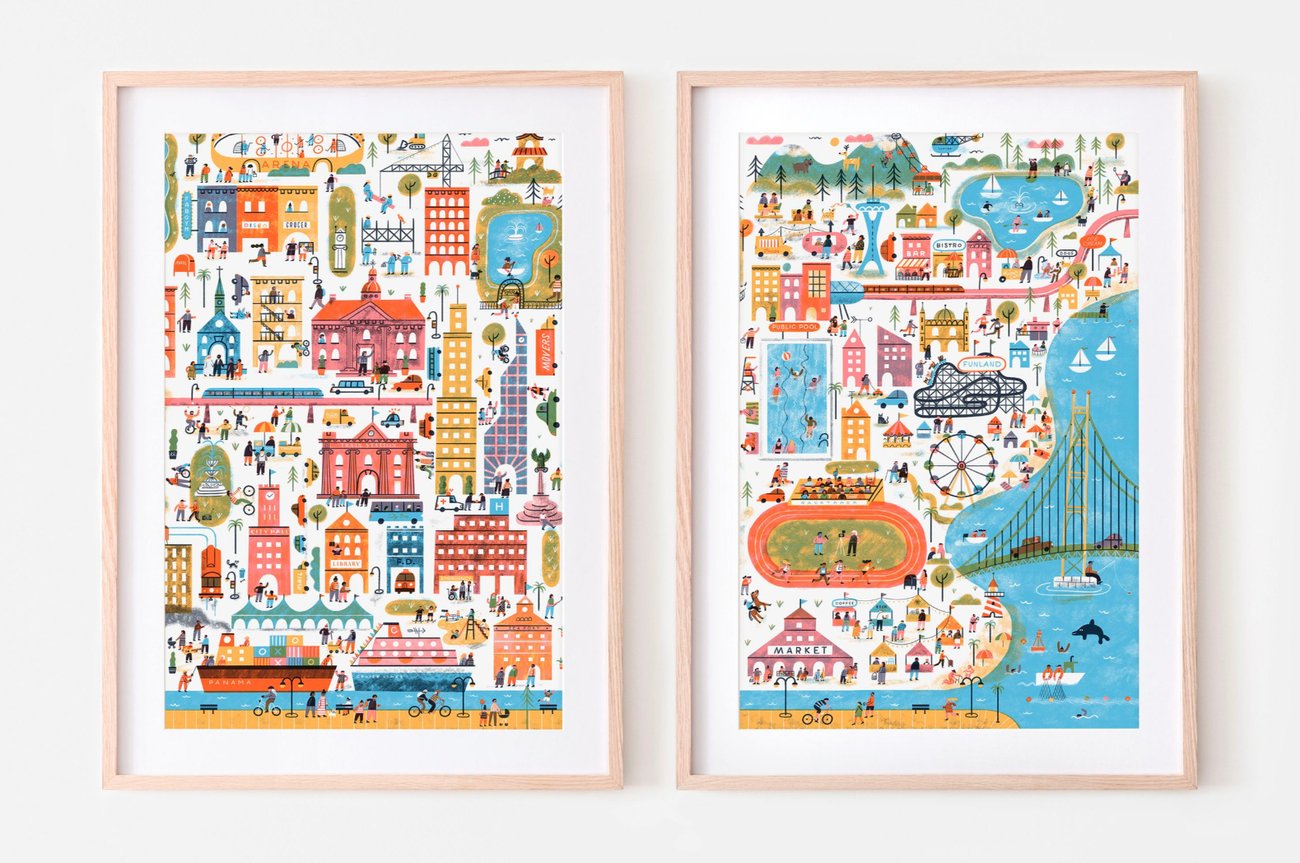
What's one of the biggest career lessons you've learned so far?
There's a difference between doing something you love and that thing having earning potential. For a long time I thought I was going to succeed as a YouTuber, so I invested a lot of time and attention into this. It seemed that the more I poured myself into it on purpose, the worse the results were. It took me at least a few years to realize I was basically facing a gambling addiction. "Maybe the next video will go big", I'd think. "It's just a matter of time." While making a consistent effort towards a goal is the only way to get it, it is not a guarantee. After seeing the reality — that I was losing more than I was getting from my YouTube exploits — I had to make a very hard but very sensible decision to quit and ultimately focus on things I know will earn me a living. I've had to do this many times over with various "side hustles," and it always stings to learn I was wrong. Basically, the moral of the story is that it's good to follow my interests, but it's very important to abort if it fails to become more than just an expensive professional hobby.
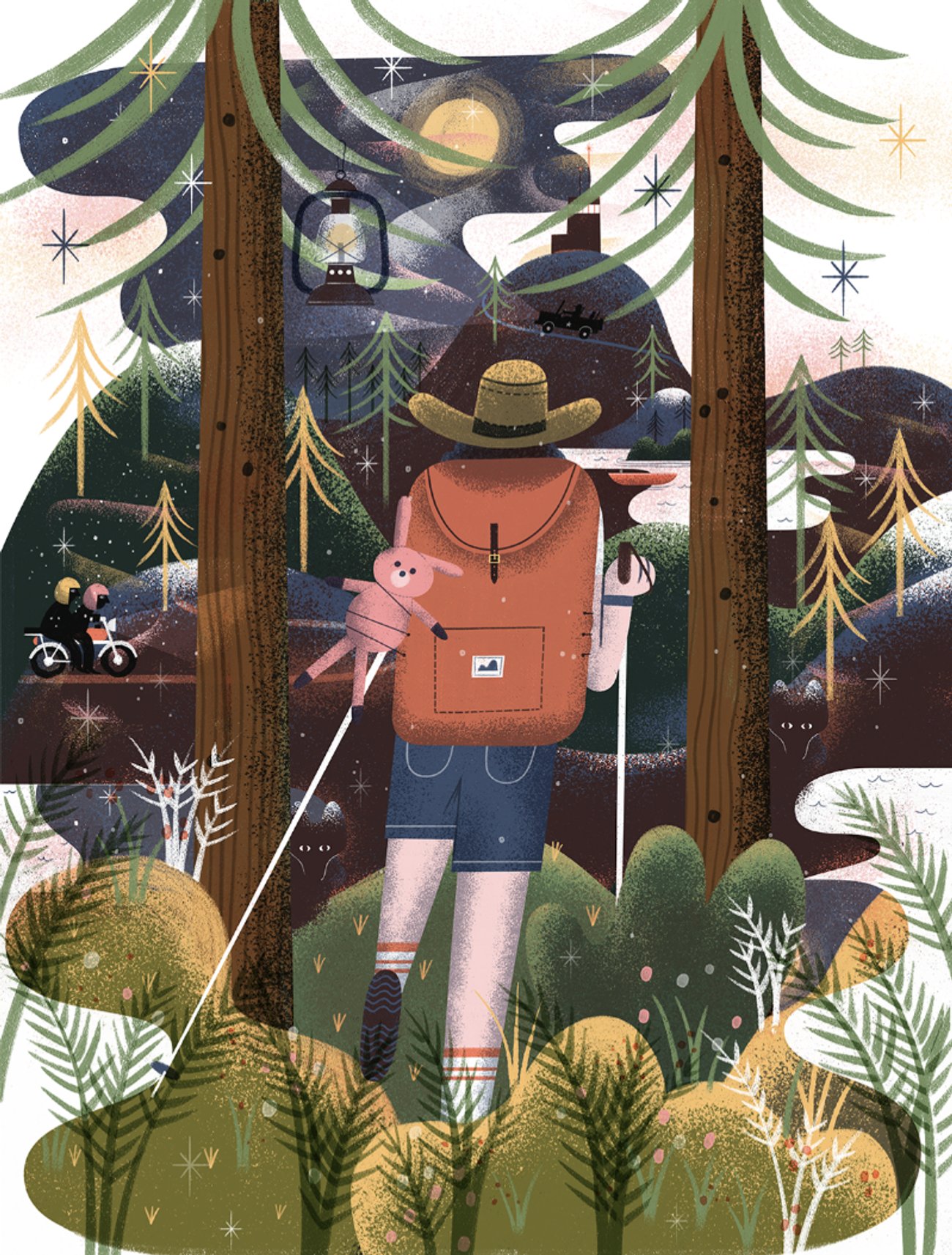


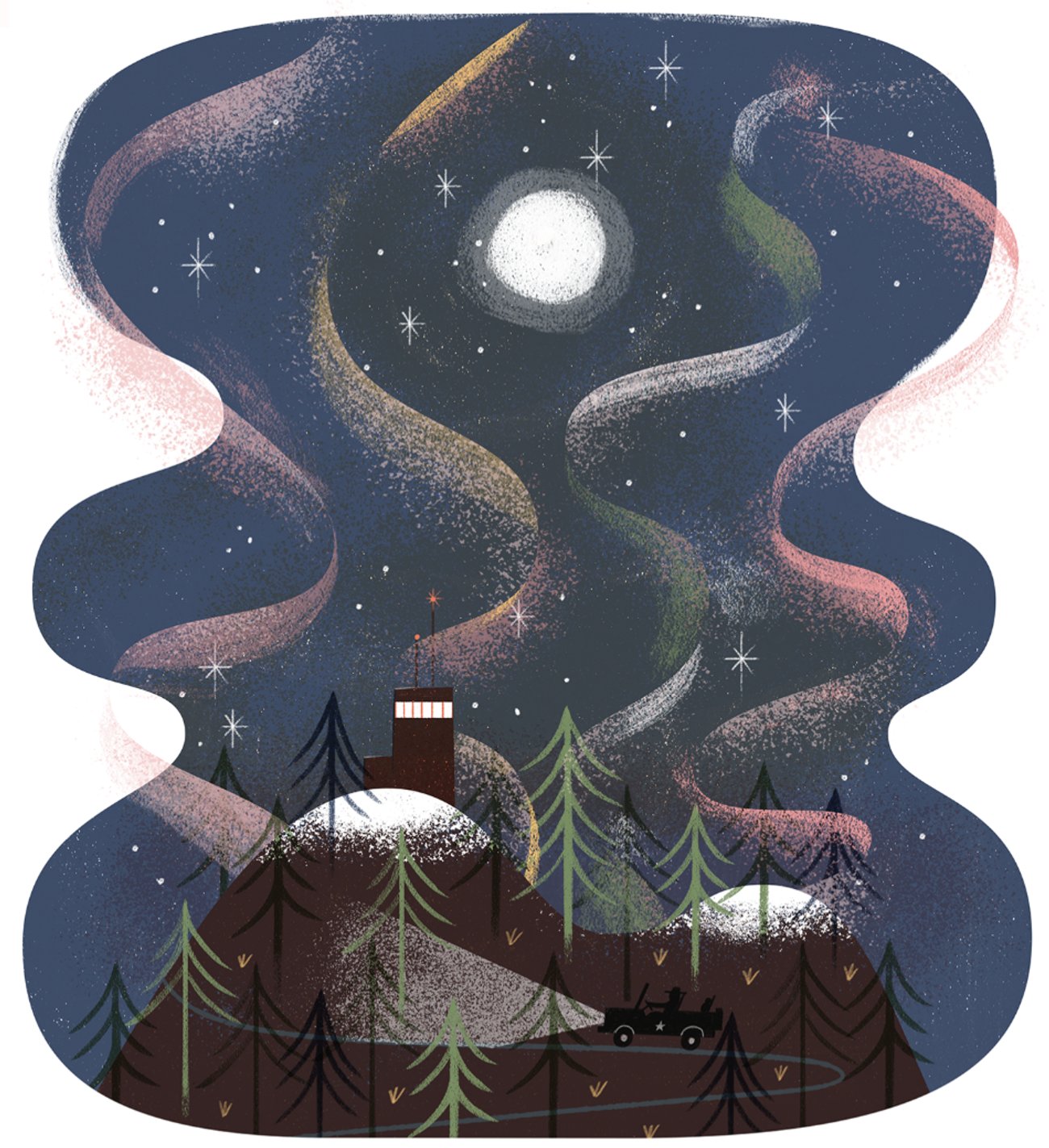

What are you working on now and what's up next for you?
I'm writing a book about how to start a lifelong daily drawing practice, actually based on my class, Drawing Is Important! Stay tuned for that. I'm planning my next class as well, which I hope to begin producing in earnest in June. I'm also continuing my coaching practice and working on client projects. And of course, I'm always drawing and sharing on Instagram, which is one of my favorite things to do! Oh, I also have a podcast called Thoughts on Illustration, where I'm always working on my next episode.
To view more of Tom's work, visit his portfolio – and check out his courses on Skillshare!
Tom was nominated by Skillshare. All Artwork courtesy of Tom Froese.